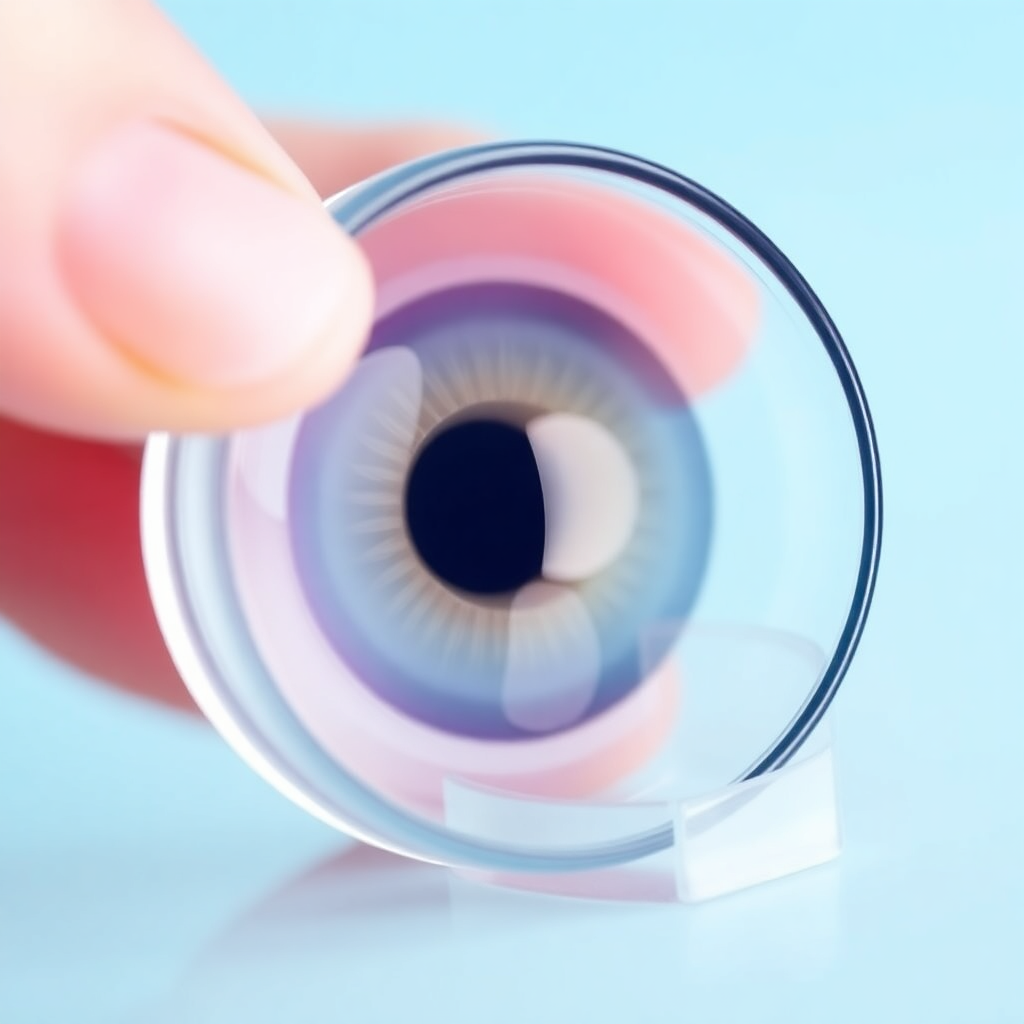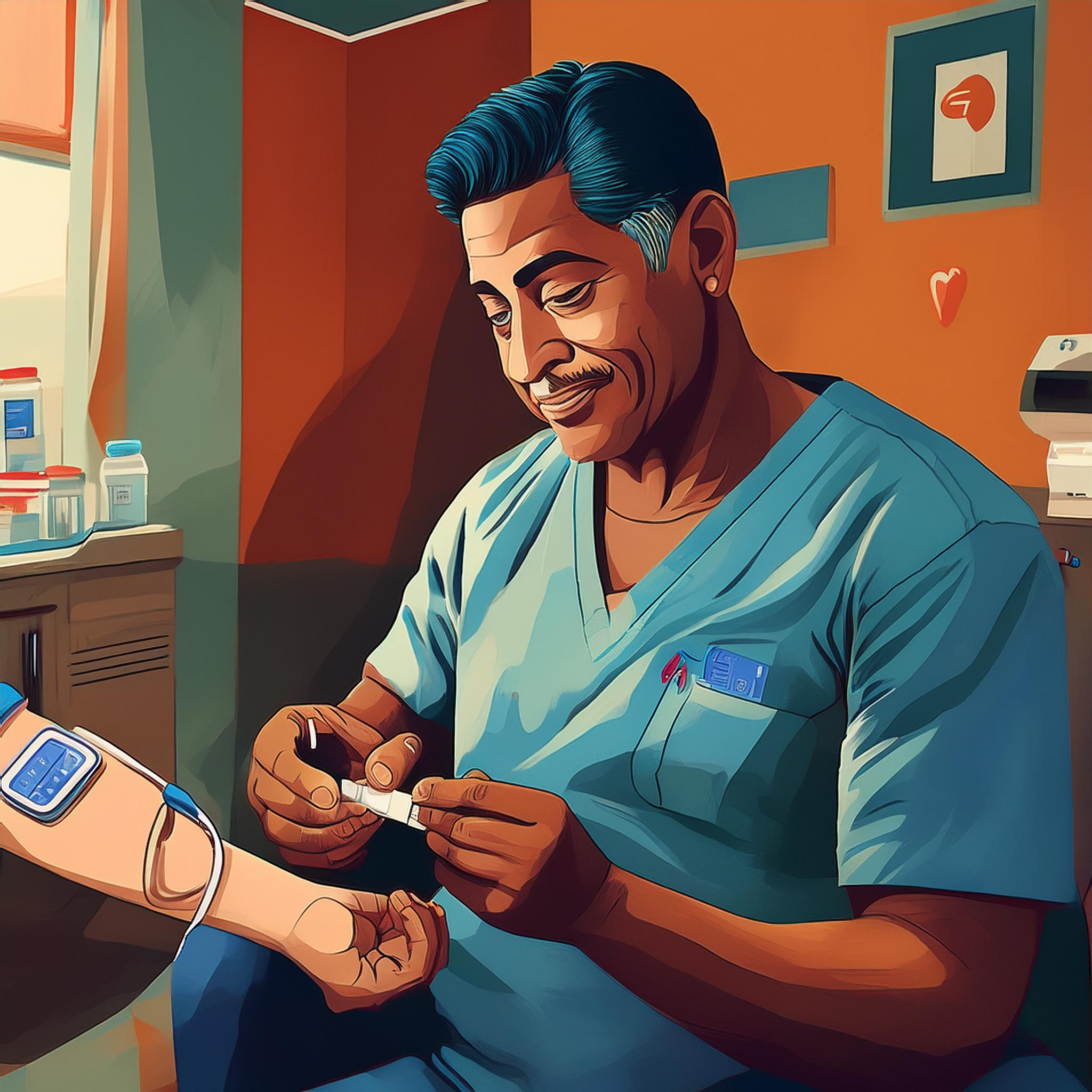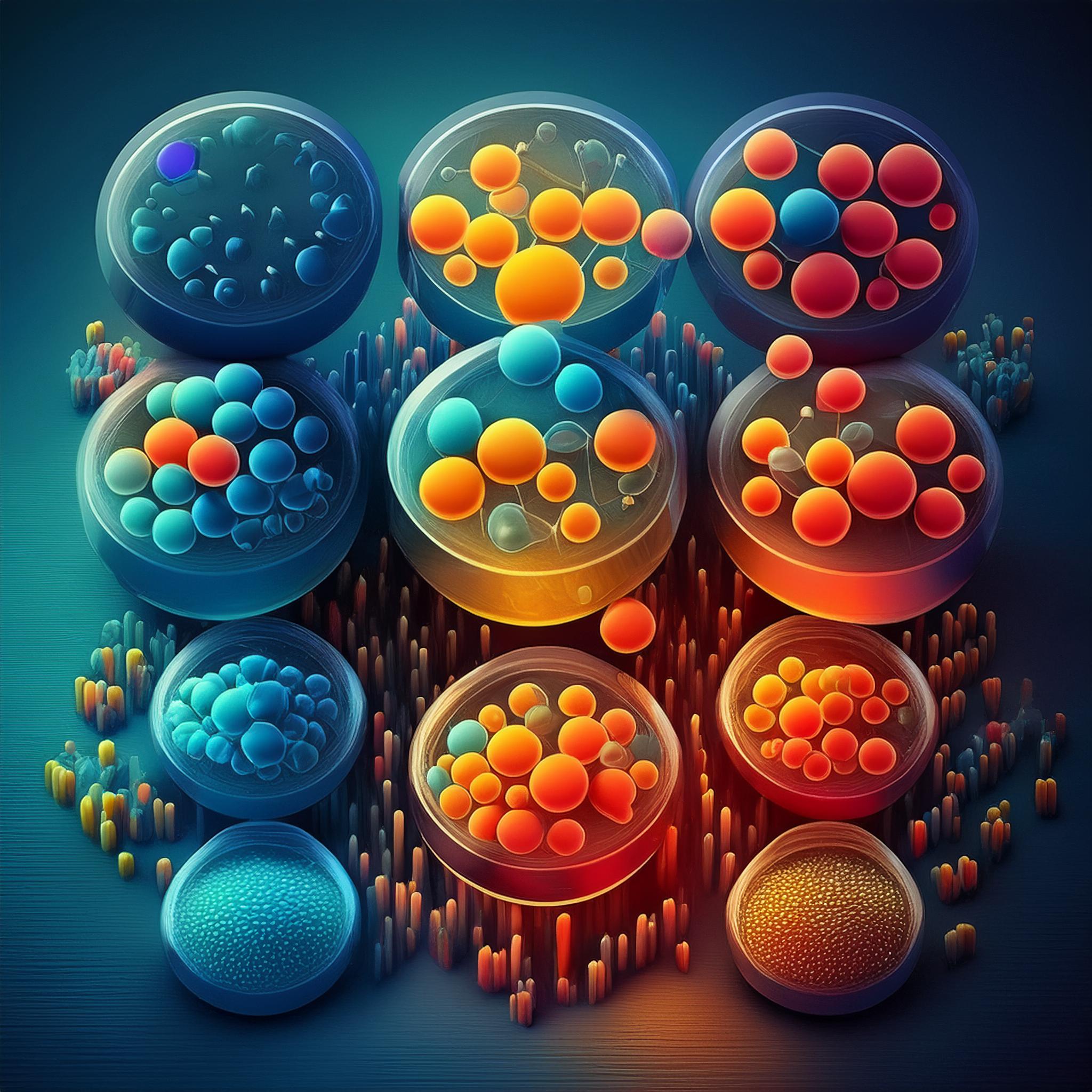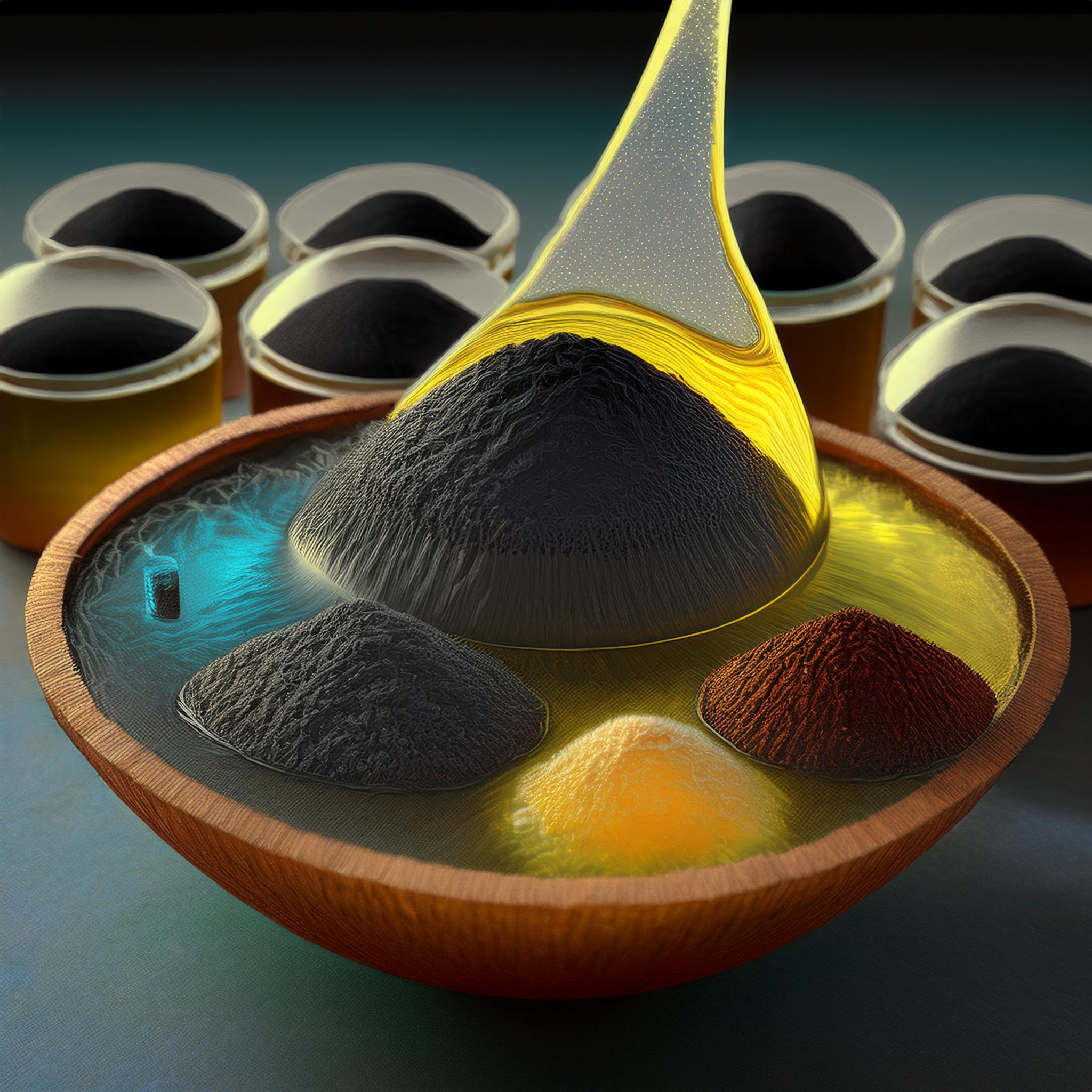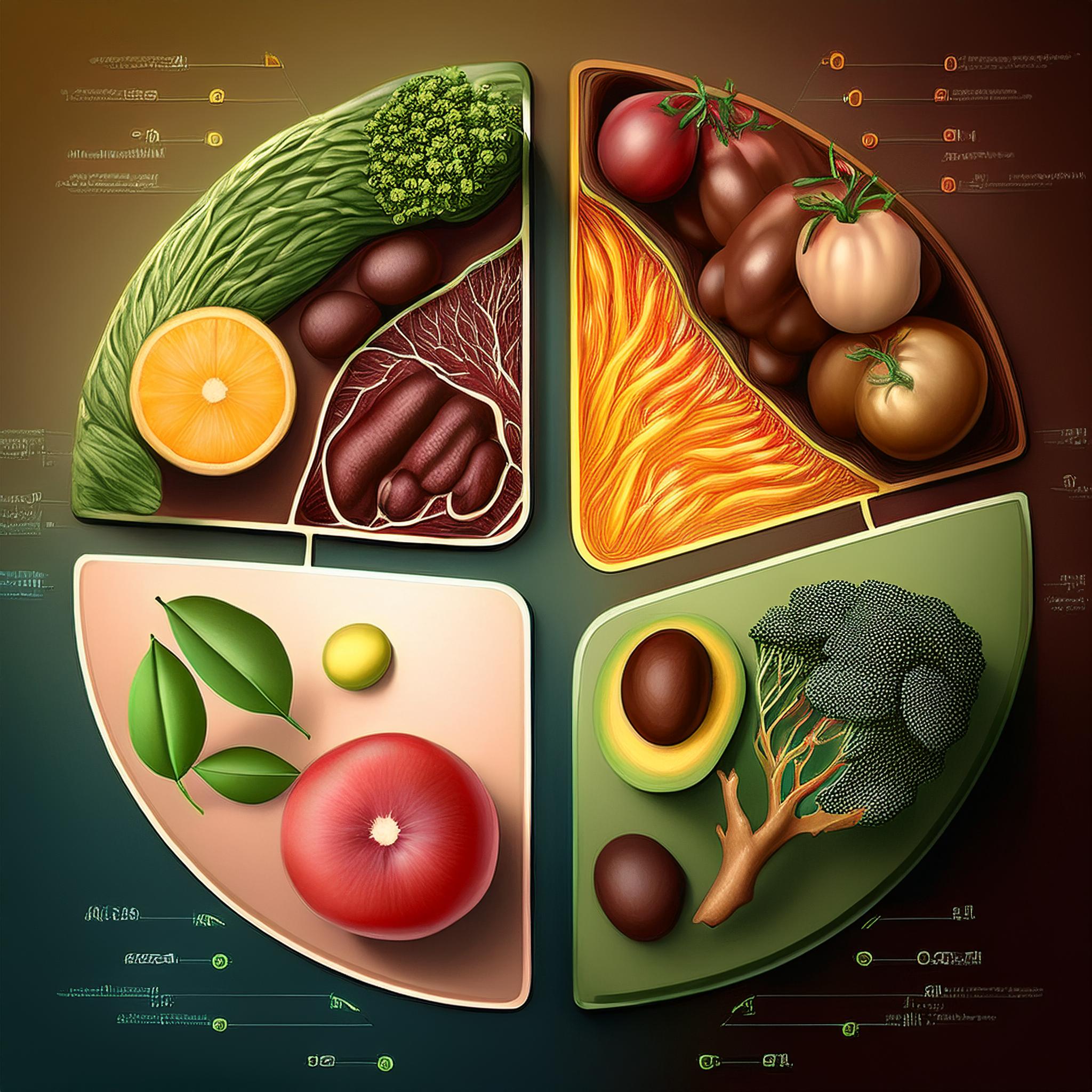The potential of Cilembu sweet potato (Ipomoea batatas L.) as a growth medium for Staphylococcus aureus and Escherichia coli
Downloads
The media aims to store, reproduce, and identify bacteria but has disadvantages such as being expensive, containing chemicals, and being easily damaged due to contamination. Therefore we need an alternative media that can overcome these limitations. Cilembu sweet potato (Ipomoea batatas, L.) is a natural ingredient that is easy to obtain and contains sufficient nutrients so it has the potential to be used as a basic ingredient for growth media. The purpose of this study was to determine the potential of Cilembu sweet potato flour as an alternative medium for the growth of Staphylococcus aureus and Escherichia coli bacteria with a quasi-experimental design. Cilembu sweet potato flour is obtained by cleaning, chopping, drying in the oven, crushing with a blender, and sifting the tubers to obtain fairly fine flour. The flour was dissolved in agar and then inoculated with S. aureus and E. coli, each with 16 replications. The results showed that the average number of S. aureus colonies was 119.12 CFU (169.2 CFU in control) while E. coli was 160.56 CFU (221.2 CFU in control). The Mann-Whitney test showed that there was a difference in the number of S. aureus colonies on alternative media and NA (p = 0.006 ≤ 0.05), but there was no difference between the number of E. coli colonies on alternative media and NA (p = 0.057 > 0.05). Finally, there was a difference in the number of S. aureus and E. coli colonies on alternative media (p = 0.04 ≤ 0.05). The nutritional composition shows that Cilembu sweet potato flour has more potential to replace NA as a growth medium for E. coli than for S. aureus.
Basavaraju, M., & Gunashree, B. S. (2022). Escherichia coli: an overview of main characteristics. Escherichia coli-Old and New Insights. https://doi.org/10.5772/INTECHOPEN.105508
Bennett, R. W., Hait, J. M., & Tallent, S. M. (2013). Staphylococcus aureus. In Guide to Foodborne Pathogens (pp. 26–44). Wiley. https://doi.org/10.1002/9781118684856.ch2
Bittner, L. M., Arends, J., & Narberhaus, F. (2017). When, how and why? Regulated proteolysis by the essential FtsH protease in Escherichia coli. Biological chemistry, 398(5-6), 625–635. https://doi.org/10.1515/hsz-2016-0302
Bridson, E. Y. (2006). The Oxoid Manual (9th ed.). OXOID Limited. https://firatozel.files.wordpress.com/2011/09/oxoid-manual-9th-edition.pdf
Das, G., Patra, J. K., Basavegowda, N., Vishnuprasad, C. N., & Shin, H. S. (2019). Comparative study on antidiabetic, cytotoxicity, antioxidant and antibacterial properties of biosynthesized silver nanoparticles using outer peels of two varieties of ipomoea batatas (L.) lam. International Journal of Nanomedicine, 14, 4741–4754. https://doi.org/10.2147/IJN.S210517
Eduardo Cartabiano Leite, C., Maria Porcu, O., de Francisco, A., Cartabiano-Leite, C. E., Porcu, O. M., & de Casas, A. F. (2020). Sweet potato (Ipomoea batatas L. Lam) nutritional potential and social relevance: a review. International Journal of Engineering Research and Applications Www.Ijera.Com, 10, 23–40. https://doi.org/10.9790/9622-1006082340
Eduardo, L. G., Ramirez, B. S., Maribel, C. F., Pescador, M. G. N., & Cruz, F. J. M. (2018). Low accuracy of the McFarland method for estimation of bacterial populations. African Journal of Microbiology Research, 12(31), 736–740. https://doi.org/10.5897/AJMR2018.8893
El-Hadedy, D., & Abu El-Nour, S. (2012). Identification of Staphylococcus aureus and Escherichia coli isolated from Egyptian food by conventional and molecular methods. Journal of Genetic Engineering and Biotechnology, 10(1), 129–135. https://doi.org/10.1016/J.JGEB.2012.01.004
Ferreira, M. T., Manso, A. S., Gaspar, P., Pinho, M. G., & Neves, A. R. (2013). Effect of Oxygen on Glucose Metabolism: Utilization of Lactate in Staphylococcus Aureus as Revealed by In Vivo NMR Studies. PLOS ONE, 8(3), e58277. https://doi.org/10.1371/JOURNAL.PONE.0058277
Glover, G., Voliotis, M., Łapińska, U., Invergo, B. M., Soanes, D., O’Neill, P., Moore, K., Nikolic, N., Petrov, P. G., Milner, D. S., Roy, S., Heesom, K., Richards, T. A., Tsaneva-Atanasova, K., & Pagliara, S. (2022). Nutrient and salt depletion synergistically boosts glucose metabolism in individual Escherichia coli cells. Communications Biology 2022 5:1, 5(1), 1–14. https://doi.org/10.1038/s42003-022-03336-6
Gomes, T. A. T., Elias, W. P., Scaletsky, I. C. A., Guth, B. E. C., Rodrigues, J. F., Piazza, R. M. F., Ferreira, L. C. S., & Martinez, M. B. (2016). Diarrheagenic Escherichia coli. Brazilian Journal of Microbiology, 47, 3–30. https://doi.org/10.1016/J.BJM.2016.10.015
Hassuna, N. A., Rabie, E. M., Mahd, W. K. M., Refaie, M. M. M., Yousef, R. K. M., & Abdelraheem, W. M. (2023). Antibacterial effect of vitamin C against uropathogenic E. coli in vitro and in vivo. BMC Microbiology, 23(1). https://doi.org/10.1186/S12866-023-02856-3
Juariah, S. (2021). Media alternatif pertumbuhan Staphylococcus aureus dari biji durian (Durio Zibethinus murr). Meditory: The Journal of Medical Laboratory, 9(1), 19–25. https://doi.org/10.33992/M.V9I1.1400
Kayumov, A. R., Nureeva, A. A., Trizna, E. Y., Gazizova, G. R., Bogachev, M. I., Shtyrlin, N. V., Pugachev, M. V., Sapozhnikov, S. V., & Shtyrlin, Y. G. (2015). New Derivatives of Pyridoxine Exhibit High Antibacterial Activity against Biofilm-Embedded Staphylococcus Cells. BioMed Research International, 2015. https://doi.org/10.1155/2015/890968
Liu, Y. K., Kuo, H. C., Lai, C. H., & Chou, C. C. (2020). Single amino acid utilization for bacterial categorization. Scientific Reports 2020 10:1, 10(1), 1–12. https://doi.org/10.1038/s41598-020-69686-5
Mikkelsen, K., & Apostolopoulos, V. (2019). Vitamin B1, B2, B3, B5, and B6 and the Immune System. Nutrition and Immunity, 115–125. https://doi.org/10.1007/978-3-030-16073-9_7
Minogue, T. D., Daligault, H. A., Davenport, K. W., Bishop-Lilly, K. A., Broomall, S. M., Bruce, D. C., Chain, P. S., Chertkov, O., Coyne, S. R., Freitas, T., Frey, K. G., Gibbons, H. S., Jaissle, J., Redden, C. L., Rosenzweig, C. N., Xu, Y., & Johnson, S. L. (2014). Complete Genome Assembly of Escherichia coli ATCC 25922, a Serotype O6 Reference Strain. Genome Announcements, 2(5), 969–983. https://doi.org/10.1128/GENOMEA.00969-14
Mohanraj, R., & Sivasankar, S. (2014). Sweet potato (Ipomoea batatas [L.] Lam)-A valuable medicinal food: A review. Journal of medicinal food, 17(7), 733-741. https://doi.org/10.1089/JMF.2013.2818
Monk, J. M., Koza, A., Campodonico, M. A., Machado, D., Seoane, J. M., Palsson, B. O., Herrgård, M. J., & Feist, A. M. (2016). Multi-omics Quantification of Species Variation of Escherichia coli Links Molecular Features with Strain Phenotypes. Cell Systems, 3(3), 238-251.e12. https://doi.org/10.1016/J.CELS.2016.08.013
Park, J. Y., & Seo, K. S. (2022). Staphylococcus Aureus. Food Microbiology: Fundamentals and Frontiers, 555–584. https://doi.org/10.1128/9781555819972.ch21
Patricia, V., Hamtini, H., Yani, A., Choirunnisa, A., Ermala, E., & Indriani, I. (2022). Potensi Pemanfaatan Jagung, Kacang Hijau dan Ubi Cilembu Sebagai Media Kultur Bakteri Escherichia Coli. Care : Jurnal Ilmiah Ilmu Kesehatan, 10(3), 460–468. https://doi.org/10.33366/JC.V10I3.2677
Peterson, C. T., Rodionov, D. A., Peterson, S. N., & Osterman, A. L. (2020). B Vitamins and Their Role in Immune Regulation and Cancer. Nutrients 2020, Vol. 12, Page 3380, 12(11), 3380. https://doi.org/10.3390/NU12113380
Putnam, E. E., & Goodman, A. L. (2020). B vitamin acquisition by gut commensal bacteria. PLOS Pathogens, 16(1), e1008208. https://doi.org/10.1371/JOURNAL.PPAT.1008208
Ramachandran, G. (2014). Gram-positive and gram-negative bacterial toxins in sepsis: a brief review. Virulence, 5(1), 213-218. https://doi.org/10.4161/VIRU.27024
Razzaq, M., & Askar, M. (2023). Antimicrobial Effect of Vitamin C on Different Strains of E. Coli. World of Science: Journal on Modern Research Methodologies, 2(10), 14–27. https://univerpubl.com/index.php/woscience/article/view/2631
Silhavy, T. J., Kahne, D., & Walker, S. (2010). The bacterial cell envelope. Cold Spring Harbor perspectives in biology, 2(5), a000414. https://doi.org/10.1101/CSHPERSPECT.A000414
Sizar, O., & Unakal, C. G. (2022). Gram Positive Bacteria. Management of Antimicrobials in Infectious Diseases, 29–41. https://doi.org/10.1385/1-59259-036-5:29
Tille, P. M. (2022). Bailey & Scott’s Diagnostic Microbiology, 15th Edition (15th ed.). Elsevier. https://evolve.elsevier.com/cs/product/9780323681056?role=student
Tramonti, A., Nardella, C., di Salvo, M. L., Barile, A., D’Alessio, F., de Crécy-Lagard, V., & Contestabile, R. (2021). Knowns and Unknowns of Vitamin B 6 Metabolism in Escherichia coli . EcoSal Plus, 9(2). https://doi.org/10.1128/ECOSALPLUS.ESP-0004-2021/SUPPL_FILE/ESP-0004-2021_SUPP_2_SEQ4.TIF
Vergalito, F., Pietrangelo, L., Petronio Petronio, G., Colitto, F., Alfio Cutuli, M., Magnifico, I., Venditti, N., Guerra, G., & Di Marco, R. (2020). Vitamin E for prevention of biofilm-caused Healthcare-associated infections. Open Medicine (Poland), 15(1), 14–21. https://doi.org/10.1515/MED-2020-0004/ASSET/GRAPHIC/J_MED-2020-0004_FIG_002.JPG
Yehia, H. M., Al-Masoud, A. H., Alarjani, K. M., & Alamri, M. S. (2020). Prevalence of methicillin-resistant (mecA gene) and heat-resistant Staphylococcus aureus strains in pasteurized camel milk. Journal of Dairy Science, 103(7), 5947–5963. https://doi.org/10.3168/JDS.2019-17631
Zühlke, D., Dörries, K., Bernhardt, J., Maaß, S., Muntel, J., Liebscher, V., Pané-Farré, J., Riedel, K., Lalk, M., Völker, U., Engelmann, S., Becher, D., Fuchs, S., & Hecker, M. (2016). Costs of life - Dynamics of the protein inventory of Staphylococcus aureus during anaerobiosis. Scientific Reports 2016 6:1, 6(1), 1–13. https://doi.org/10.1038/srep28172
Copyright (c) 2024 JURNAL INFO KESEHATAN

This work is licensed under a Creative Commons Attribution-NonCommercial-ShareAlike 4.0 International License.
Copyright notice
Ownership of copyright
The copyright in this website and the material on this website (including without limitation the text, computer code, artwork, photographs, images, music, audio material, video material and audio-visual material on this website) is owned by JURNAL INFO KESEHATAN and its licensors.
Copyright license
JURNAL INFO KESEHATAN grants to you a worldwide non-exclusive royalty-free revocable license to:
- view this website and the material on this website on a computer or mobile device via a web browser;
- copy and store this website and the material on this website in your web browser cache memory; and
- print pages from this website for your use.
- All articles published by JURNAL INFO KESEHATAN are licensed under the Creative Commons Attribution 4.0 International License. This permits anyone to copy, redistribute, remix, transmit and adapt the work provided the original work and source is appropriately cited.
JURNAL INFO KESEHATAN does not grant you any other rights in relation to this website or the material on this website. In other words, all other rights are reserved.
For the avoidance of doubt, you must not adapt, edit, change, transform, publish, republish, distribute, redistribute, broadcast, rebroadcast or show or play in public this website or the material on this website (in any form or media) without appropriately and conspicuously citing the original work and source or JURNAL INFO KESEHATAN prior written permission.
Permissions
You may request permission to use the copyright materials on this website by writing to jurnalinfokesehatan@gmail.com.
Enforcement of copyright
JURNAL INFO KESEHATAN takes the protection of its copyright very seriously.
If JURNAL INFO KESEHATAN discovers that you have used its copyright materials in contravention of the license above, JURNAL INFO KESEHATAN may bring legal proceedings against you seeking monetary damages and an injunction to stop you using those materials. You could also be ordered to pay legal costs.
If you become aware of any use of JURNAL INFO KESEHATAN copyright materials that contravenes or may contravene the license above, please report this by email to jurnalinfokesehatan@gmail.com
Infringing material
If you become aware of any material on the website that you believe infringes your or any other person's copyright, please report this by email to jurnalinfokesehatan@gmail.com.



